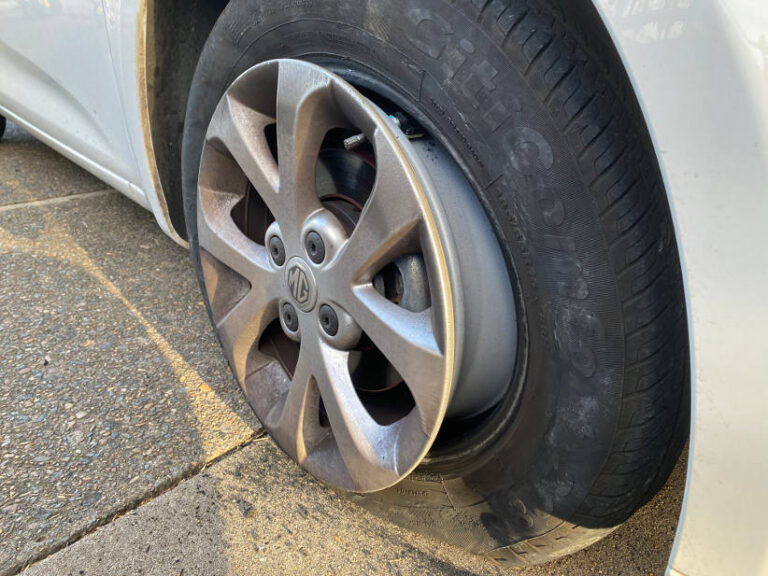Tyres don’t get much attention in the fleet budgeting process for passenger vehicles. Most Fleet Managers assume they’ll need to replace one set during the vehicle’s life and use a historical cost in the budget. Truck fleets give tyres a bit more thought, though most don’t think about preventative maintenance.
Tyre Pressure Monitoring Systems (TPMS) are now standard on late model passenger cars that are popular with fleets. They provide drivers with feedback on tyre pressures to avoid a complete failure and costly downtime. But do the employees driving your company vehicles know what to do when a warning light appears?
The incident
I had my own experience with TPMS recently on my wife’s car. I do check the tyre pressures regularly and most times there’s been no change since the last inspection. This diligence waned over the summer holidays and then the phone call came while she was out running some errands.
A light appeared on the dash indicating there was an issue with the tyre pressure. At first I was surprised because I didn’t realise the car had a TPMS. I suggested she pull over in a safe spot and visually check for a flat tyre low any obvious foreign objects sticking out.
With no obvious signs of deflation she headed to the local tyre retailer for a thorough inspection which found a nail in tyre. An easy fix with a minimal cost of $40.
Now, here’s what could have happened without TPMS.
- The phone call is to advise that the tyre has gone flat and shredded itself because there was no where to pull over safety.
- The tyre damaged the guard when it shredded and will require panel work.
- Driver and passenger are shaken and upset after the incident.
- Roadside assistance is required to replace the tyre with the spare.
- The tyre retailer advises they cannot match the others and recommends replacing two tyres on the front (cost – $440).
Impact on fleet budgets
The alternative may seem extreme but happens on a daily basis in fleets across the country. Replacing one tyre can now cost more than a fixed price service. So without a proper program of regular inspections and maintenance, multiple unplanned replacements could increase your maintenance budget.
Unscheduled maintenance doesn’t just impact your fleet maintenance budget. The downtime will reduce asset utilisation and employee productivity. If there was an injury as a result of the tyre failure, major or minor, then the consequences would be significantly greater.
In 2020, AfMA’s Fleet Safety Award winner reported a saving of $24,000 over 12 months after implementing a Tyre Pressure Monitoring System.
Top 5 tyre management tips
- Look for TPMS when selecting new fleet vehicles
- Include a section on tyre inspections and replacements in your fleet policy
- Replace tyres before they reach the minimum legal limit
- Perform regular maintenance – wheel alignments, rotations, inspections – to make them last longer
- Replace tyres with OE fitments (like for like)
[feature_slider display=”category” category=”23″ caption=”on” nav=”bullets” animation=”crossfade” easing=”easeInOutCubic”]






